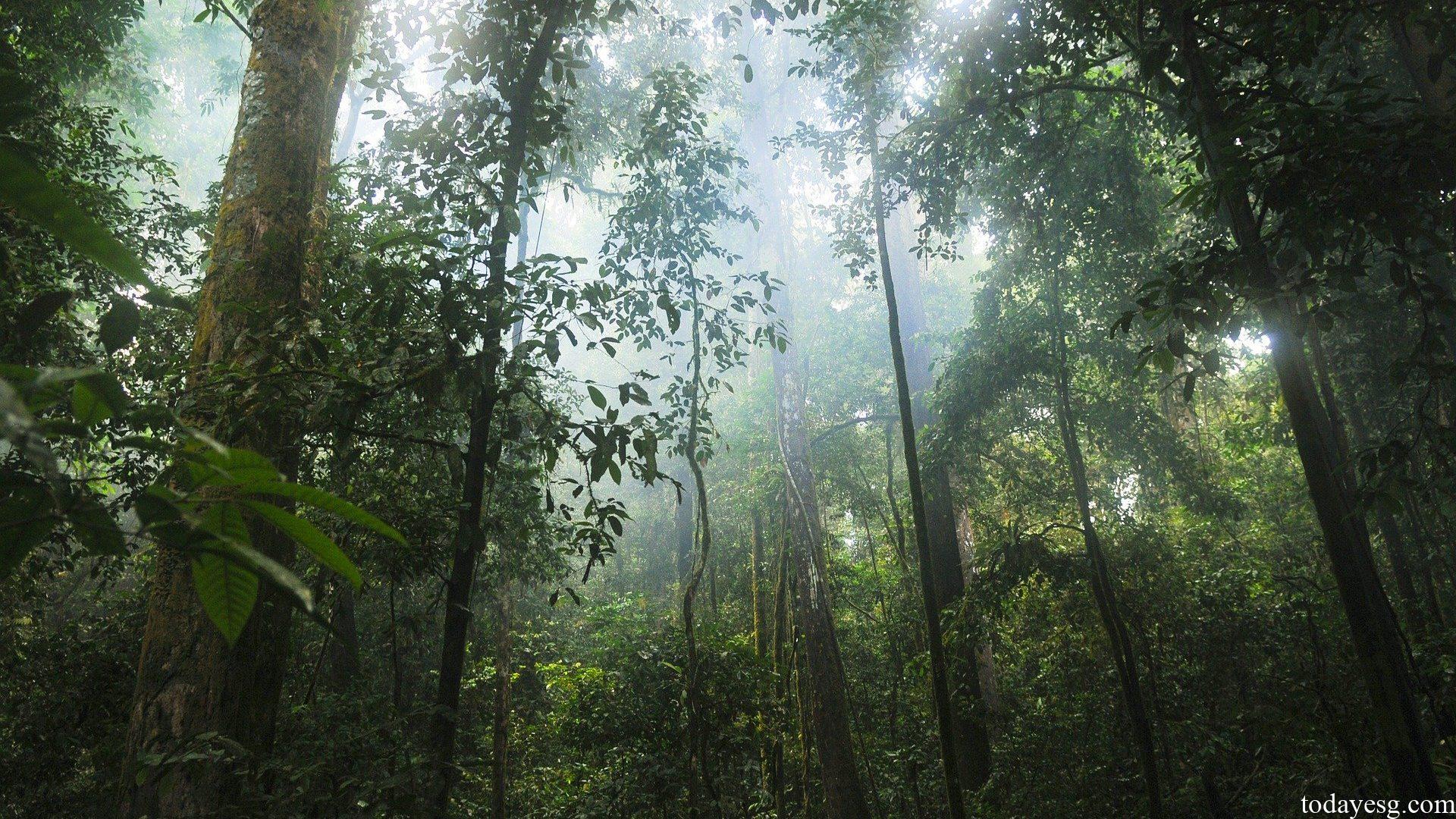Report on Biodiversity and ESG
Fitch releases a report on biodiversity and ESG, which aims to analyze the development trends of biodiversity themes in ESG investments and the future progress of nature commitments for related stakeholders.
Fitch believes that as people pay more and more attention to ecosystems and natural capital, the status of biodiversity in the ESG agenda is rising, and investments on SDG14 (United Nations Sustainable Development Goal: Life below Water) and SDG15 (Life on Land) are increasing. According to global researches, biodiversity-themed ESG bond issuance grew 54% last year.
Related Post: COP15 Reached Convention on Biological Diversity
Regulations, Biodiversity and ESG Development
Regulators have begun to realize the importance of biodiversity and have called on investors to pay attention to it. The Kunming-Montreal Global Biodiversity Framework (GBF) was proposed last year, prompting countries to protect 30% of terrestrial and marine ecosystems by 2030. Achieving this goal will require related investments of at least US$200 billion per year. In addition, the UN High Seas Treaty released this year also requires countries to protect marine biodiversity in a sustainable management manner. These regulations are affecting the investment pattern now.
After regulators introduced policies, investors began to adopt biodiversity-related strategies and required investee companies to include biodiversity contents in information disclosures. Currently, 140 financial institutions have signed the biodiversity financing commitment, covering a total of more than US$20 trillion in assets under management. In terms of region, European and Asian investors account for a relatively higher share in biodiversity commitment.

Natural Finance and Biodiversity
As biodiversity grows, more issuers and borrowers are seeking financing in natural projects. More than half of respondents said biodiversity will be an essential factor in investment, compared with only 16% of investors holding this view two years ago. The nature-related ESG portfolio pays more attention to the environmental policies of the invested companies and whether they cause damage to biodiversity.
The International Capital Market Association (ICMA) marks investment activities related to biodiversity in its green bond principles. These investment activities are linked to the goals of SDG14 and SDG15, helping investors measure the positive impact of natural finance. Common financing activities include managing sustainable forest, protecting wildlife habitat, improving watershed water quality, and restoring soil quality, etc.
In addition to biodiversity financing for specific purposes, investors can also measure the natural impact of investments based on KPIs. ICMA’s KPI registry provides a reference for market participants. In the registry, there are 24 related to sustainable water resources and 14 related to land and forest resources.
Challenges of ESG Investing in Biodiversity
As a vital ESG theme, biodiversity investing also faces some challenges. Because financial institutions lack professional knowledge and experience in forest, soil and other professional aspects, they face difficulties in project evaluation. At the same time, the current scale of natural financing is relatively small, and it is difficult for investors to have the motivation to learn more about it.
In addition, in terms of information disclosure of invested companies, the proportion of water resources and forest resources disclosed is relatively low. A total of 18,600 companies disclosed climate data to CDP last year, while only 4,000 disclosed water data and only 1,000 disclosed forest resource data.
At the same time, consistent metrics for natural analysis do not yet exist globally. In terms of carbon emissions, the world has basically reached a universal measurement system based on Scope 1 2 3. According to data from the Taskforce on Nature-related Financial Disclosures (TNFD), there are currently more than 3,000 nature-related indicators worldwide, which is hard to compare and calculate.
Reference:
Biodiversity Impact to Be the Next Frontier in ESG Investing








